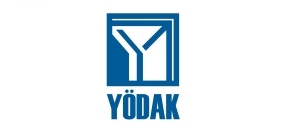- Home
- About Us
- Academics
- Student Handbook
- Academic Calendar
- GAU Curriculum
- Research
- Faculty
- Our Academic Fraternity
- Faculty Of Business And Economics
- Faculty Of Law
- Faculty Of Politics
- Faculty Of Communication
- Faculty Of Health Sciences
- Faculty Of Engineering
- Faculty Of Education
- Faculty Of Humanities
- Faculty Of Architecture, Design And Fine Arts
- Faculty Of Sports Sciences
- Faculty Of Tourism
- Programs
Postgraduate Programmes

Doctorate Degree
A doctorate degree represents the pinnacle of academic achievement, signifying a profound mastery of a particular field of study.

DBA Degree
DBA degree is a terminal professional doctoral degree designed to equip experienced professionals with advanced skills in business theory and etc.
Graduate Programmes

Master's Degree
A Master's Degree represents a significant achievement in higher education, indicating advanced knowledge and expertise in field of study.
Undergraduate Programmes

Bachelor's Degree
A Bachelor's Degree is an undergraduate academic degree awarded by colleges & universities on completion of a specific course lasting four years.
Executive Education Courses

SEMP (Mini Master's)
These are short certificate courses designed as a refresher course for those who have had their Masters a long time ago & need a quick recap.
GAU ACADEMIC
Girne American University was established in 1985. Having made a small start with seven students, our university has become a strong university today, with more than 180,000 students studying only 39 years later.










- Qualifications
- Admissions
- @GAU-Online
- Media
- Study Abroad
- Institutional Partner
- Approved Centers
- Agents
- Advisory & Consultancy
- Careers
- Contact Us
- Library
- FAQs












